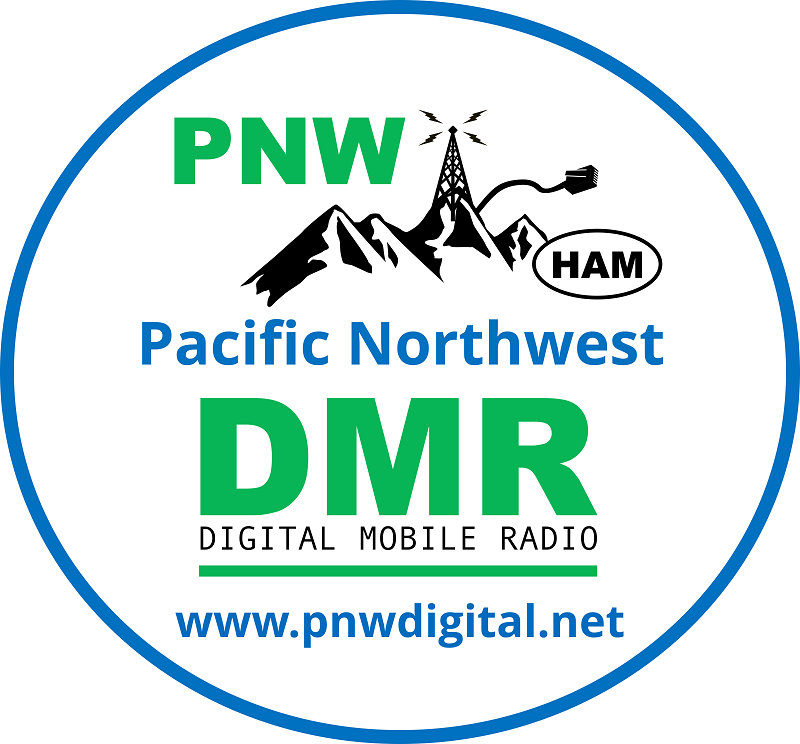
Why TRBO over other forms of digital communications used by the Amateur community?
DMR operation was only available by Motorola’s “MotoTRBO” hardware in the early days, this page first appeared in 2011 on the DCI website.
NOTE: TRBO is now more generically known as DMR since DMR has been embraced by many manufacturers rather than the early adopter, Motorola.
This a good starting point to begin consideration prior to investing in a TRBO radio much less buying a repeater and then support a fleet of radios. This page is not intended to be definitive nor comprehensive. It’s more why we chose to get started with TRBO. Your mileage is likely to vary considerably. First, a short history on our TRBO beginnings…
Those Early Days
We began with no repeaters but a bunch of HT’s left over from the 2008 RNC convention. They were made available beginning in late 2008 to the users of two major Los Angeles repeater owners, one owner with many analog repeaters and a few D-STAR and P-25 boxes. The other owner had a TRBO repeater up and running and all these HT’s migrated over to the single LA TRBO repeater. This repeater was not connected to the Internet so a small, close, sub-group of those hams wanted to have a solid, full-time comm path to reach one of the hams who was moving away from Southern California well beyond any possible RF paths (but for HF).
2 repeaters (the famous V1 demos) were purchased in mid 2009 and along with a 3rd demo repeater made a test connection via IPSC, all via local bench installs located in 2 states. Based on the success of that test of 3 repeaters, we embraced TRBO and ultimately evolved into TRBO-6 during the balance of 2009. DCI came along the next year and is now the main IPSC as TRBO-6 dissolved in 2013 (now being PNWDigital).
Pro Side of the Coin
I see TRBO as a solid form of a RoIP system of interconnected repeaters that do not require a 3rd party server or service (EchoLink, D-STAR), no fees required and only TRBO repeaters only need a standard Internet connection with dynamic IP being suitable. Nothing special required, TRBO is essentially Plug N Play. TRBO is off the shelf, a great system for interconnecting distant Ham repeaters. Toss in a c-Bridge and network limits melt away. But I wouldn’t go quite so far as recommend it for mission-critical Law Enforcement use however.
DMR Capable client (user) radios are now very inexpensive now with the appearance for the Chinese radios. Much less than D-STAR and we favor the mid-range cost of the Anytone mobiles and handhelds. Anytone has an extensive feature set that supports Hams.
TRBO is easily expanded beyond Motorolas old specification of 16 repeaters. The better approach by far is a c-Bridge to reduce the size of each IPSC network and vastly increase the flexibility in linking networks and routing talkgroups. c-Bridges were released in 2013, years before the Brandmeister network was created.
TRBO repeaters are able to carry 2 voice and data channels simultaneously in a 12.5 khz wide channel. Either, both of none of the slots can be on the network connection. This makes it very simple to have a local use only channel or full network wide connectivity of the 2 traffic or time slots. We here at TRBO-6 typically use one slot for all repeater traffic and the other slot is for only users of that local repeater.
TRBO allows essentially unlimited talkgroups which enable segmentation of traffic or purposes on each slot. Somewhat like PL for access but also it disallows anyone to listen (as in carrier squelch) unless they have that talkgroup ID. Repeater managers are able to create a hierarchy or specialized sub-groups on each slot if they wish.
Cross-connections from TRBO to analog legacy systems is relatively straightforward. TRBO Remote bases to analog repeater or VoIP systems have been easily implemented via use of a TRBO control (mobile) radio.
Flip Side of the Coin (Con)
The Cons are certainly a factor also. Cost of the Motorola repeater hardware is significant, as are the client radios but both are very high quality hardware. I wouldn’t buy a MotoTRBO client radio solely for analog use, but it’s a nice option to have in the TRBO line. When compared to D-STAR or P-25, TRBO is certainly within those higher costs vs analog only commercial stock and is backward compatible with standard analog radios.
If you wish to operate beyond a single repeater site, then Internet linking is required, the same as D-STAR, EchoLink and most other Linked services. RF Links between repeater sites is more expensive and complex but does have the advantage not being dependent on the Internet. While Internet is not a Ham service it still has a place at the table. HF has a place also and it is much less dependable.
The TRBO backend server uses the UDP protocol for voice connections back to the peer repeaters. UDP does not have any error correction or even confirmation of packet receipt. This can be a problem along with other timing issues present in most RoIP or VoIP services. Data is handled much more elegantly with confirmation of most of it’s services.
This is hardly more than an anecdotal look at TRBO but it is written from a ham’s eye on what TRBO can provide and may ultimately go to in the coming months and years. — Mike (WB6WUI, now NO7RF)
First Published: December 9, 2021 Last Updated: 4 months ago by Mike – NO7RF
Visits: 15567